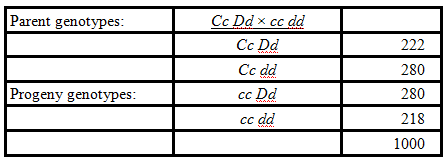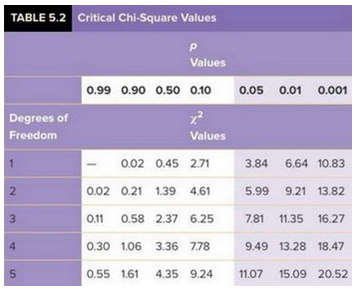Describe three different functions of the liver
What will be an ideal response?
Any of the following or any other valid function will do. The liver produces bile and sends it to the gall bladder for release into the small intestine. The liver removes poisons, and blood with newly digestive food is sent through the liver for detoxification. The liver stores glycogen, picking up excess blood sugar, and breaking down the glycogen when blood sugar is low. The liver synthesizes blood proteins, such as albumins and the proteins that carry cholesterol.
You might also like to view...
Certain small towns in the western United States have remained isolated and inbred since their settlement many years ago. Some alleles are more common in these communities as compared to the rest of the population. This effect is known as
A. directional selection. B. artificial selection. C. founder effect. D. Hardy-Weinberg principle. E. disrupting selection.
Which of the following structures are not associated with ion regulation in animals?
A. nasal salt glands B. malphigian tubules C. tear ducts D. kidneys
Which solutes move into plant root cells is determined by ________
a. active transport b. passive transport c. diffusion of the solutes in the same proportion as they are present in the soil d. chance
What is a reasonable conclusion based on the chi-square analysis?
A dihybrid testcross is made to determine if genes C and D are linked. The results are shown in the table.


A) There is a high probability that the deviation from the expected results is due chance.
B) One can say with a high degree of confidence that genes C and D are linked.
C) The analysis supports the null hypothesis.
D) Genes C and D are most likely unlinked.